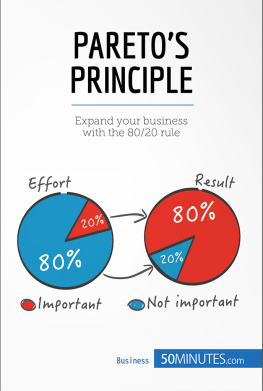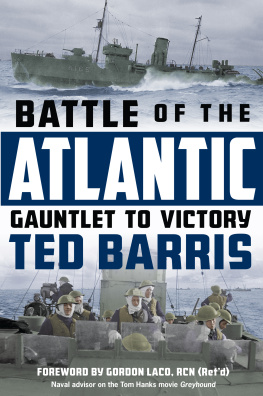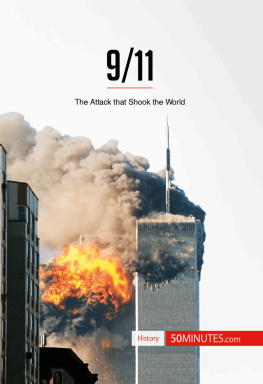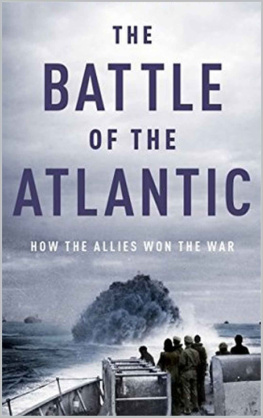THE BATTLE OF THE ATLANTIC
KEY INFORMATION
When: September 3rd 1939 May 8th 1945
Where: On the Atlantic Ocean
Context: World War II (1939-1945)
Belligerents: Allied navies (UK, Canada and United States) against the forces of the Axis, composed of the Kriegsmarine (Third Reich) and the Regia Marina (Kingdom of Italy)
Commanders and leaders:
Erich Raeder, German Admiral (1876-1960)
Karl Dnitz, German Admiral (1891-1980)
Ernest Joseph King, American Admiral (1878-1956)
Sir Max Kennedy Horton, British Admiral (1883-1951)
Outcome: Allied victory
Victims:
Allied camp: approximately 45,000 dead
Axis camp: approximately 25,000 dead
INTRODUCTION
The Battle of the Atlantic was the longest World War II campaign. It mobilized extraordinary numbers, both of men and materials, in both camps and marked significant technical advances in many areas that would revolutionize naval warfare.
On 3rd September 1939, at 9:00pm, just ten hours after the proclamation of the state of war between Britain and the Third Reich, the Athenia, a British ship weighing 13,500 tons that travelled to New York, was torpedoed by the German submarine, the U-30. Of the 400 people onboard the Athenia, 122 died. These were the first victims of a campaign that would last no less that 68 months, and which would see thousands of ships sink, killing tens of thousands of sailors.
The outcome of the battle was extremely significant. The Germans wanted to gain supremacy in the Atlantic Ocean in order to prevent the British from receiving aid from the American continent and the British colonies. They hoped to strangle the British, the only opponents of the Nazi regime in Europe after the surrender of France in June 1940, and force them to surrender in turn. However, although it was effective, the German strategy, mainly based on the use of submarines, would not bend the Allies, who managed to transport men and equipment in order to undertake the conquest of occupied Europe.
POLITICAL AND SOCIAL CONTEXT
THE PREMISES OF THE SECOND WORLD WAR
The Battle of the Atlantic, its outcome and its development can only be understood by placing it in its much wider context: the Second World War. Although the war officially began on 1st September 1939, when Germany invaded Poland, this conflict had its roots in the more distant past. Several factors thus caused the conflagration of the world, including:
The implementation of decisions taken at the end of the First World War, which were endorsed by the signature of the Treaty of Versailles in 1919. The terms of the agreement imposed very heavy economic, military and territorial sanctions for the conquered states and were the source of a rise of resentment and a desire for revenge among the people who had lost the war;
These feelings allowed for the emergence of nationalist political parties and even parties with totalitarian tendencies, which aimed to find the glory that would have been lost during the armistice of 1918. Thus, Italy saw Benito Mussolini (1883-1945) take power with his Fascist party, gathering the people who were disappointed by the outcome of the First World War because they believed that, although Italy was on the winning side in 1918, the peace negotiations did not provide any advantage;
The economic crisis that began in the U.S. in 1929 quickly spread and ruined the economies of industrialized countries within a few months. The effects were particularly devastating in countries that were subject to the harsh conditions of the Treaty of Versailles. Therefore, this crisis, combined with the vengeful feelings of the population in 1933, allowed the Nazi Party led by Adolf Hitler (1889-1945) to gain power in Germany;
The expansionist wills of men such as Adolf Hitler and Benito Mussolini, which pushed them to want to acquire new territories. In Nazi Germany, this was the Pan-German movement, which sought to unite all people of the German culture, language or race within one great empire. The Fhrer pushed this idea to the maximum by stating that once these people were united, he would extend the territory to acquire the land necessary for the survival of his people;
The League of Nations, created in 1919 at the signing of the Treaty of Versailles in order to prevent further global conflict, failed to restore the situation as it had no leverage;
The Rome-Berlin-Tokyo Axis, an economic and military alliance between Italy, Nazi Germany and the Japanese Empire, was created in September 1940;
The rearmament of the German troops would commence once Adolf Hitler had come to power, while the production of armament factories was kept to a minimum following the agreements of the Treaty of Versailles. The Fhrer hoped to revive the economy of the country that was previously overcome, firstly by debts owed to the victorious nations of the First World War, and secondly by the 1929 crisis.
All of these factors made a war on the European continent inevitable. Although France and the United Kingdom remained relatively inactive during the annexation of Austria (March 1938) and Czechoslovakia (March 1939) by Germany, they issued the country with an ultimatum on 1st September 1939, when the armies of Adolf Hitler invaded part of Poland, marking the beginning of the Second World War.
THE STAKES IN THE BATTLE OF THE ATLANTIC
The Battle of the Atlantic began on 3rd September 1939. As soon as he heard of the ultimatums launched against him, Adolf Hitler ordered the establishment of measures to paralyze all UK imports transiting the Atlantic. On the eve of the conflict, Britain was indeed at the head of a major colonial empire, whose economy and industry were largely based on the delivery of raw materials from its colonies. Therefore, the Germans wanted to prevent any supplies brought by sea in order to paralyze the economy, starving its people, and to force the government to surrender.
G OOD TO KNOW
The Atlantic had also been the scene of fighting during the First World War. Since the outbreak of the conflict, Britain had imposed a naval blockade of Germany to undermine the countrys war economy. Therefore, fearing a direct confrontation with the Royal Navy, very powerful at the time, the German staff chose to confine its High Seas Fleet to its bases in the Baltic Sea. In 1916, an exit attempt resulted in the greatest naval battle of the First World War, which involved more than 200 ships: the Battle of Jutland (31st May-1st June). Despite a German tactical victory the British losses were indeed much larger it was Britain who emerged victorious as the German fleet was forced to turn around and did not try any new attempts before the end of the war.
However, the Germans had not said their final words and tried in turn to impose a blockade on the UK using a new machine: submarines. Although the first operation was launched in 1915, it was not until February 1917 that unrestricted submarine warfare appeared, constituting a nightmare for the Britons who lost many men and ships.















